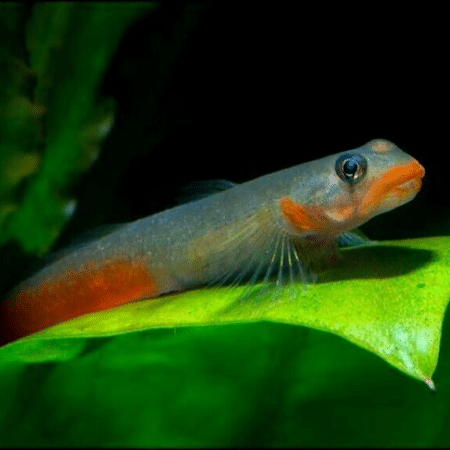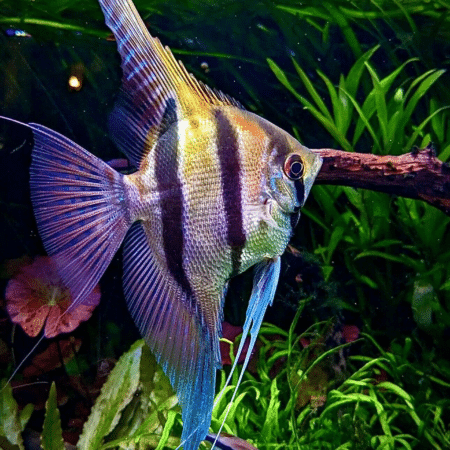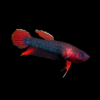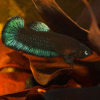To provide the best experiences, we use technologies like cookies to store and/or access device information. Consenting to these technologies will allow us to process data such as browsing behaviour or unique IDs on this site. Not consenting or withdrawing consent, may adversely affect certain features and functions.
The technical storage or access is strictly necessary for the legitimate purpose of enabling the use of a specific service explicitly requested by the subscriber or user, or for the sole purpose of carrying out the transmission of a communication over an electronic communications network.
The technical storage or access is necessary for the legitimate purpose of storing preferences that are not requested by the subscriber or user.
The technical storage or access that is used exclusively for statistical purposes.
The technical storage or access that is used exclusively for anonymous statistical purposes. Without a subpoena, voluntary compliance on the part of your Internet Service Provider, or additional records from a third party, information stored or retrieved for this purpose alone cannot usually be used to identify you.
The technical storage or access is required to create user profiles to send advertising, or to track the user on a website or across several websites for similar marketing purposes.


















Emily Ruiz (verified owner) –
I recently welcomed a Red Benjarong Betta Female into my aquarium, and I couldn’t be more thrilled! This Betta Splendens is not only stunning with its vibrant colors and unique patterns, but also incredibly lively. After about three weeks of observing her, I can genuinely say she has a lovely personality. She darts around the tank, showcasing her playful nature, much to the delight of my family.
What sets this fish species apart from others I’ve owned is her hardiness; she has adapted beautifully to my 20-gallon tank settings and has shown no signs of stress. I’ve seen her thrive with a mix of high-quality pellets and occasional frozen treats, which she eagerly devours. One minor detail worth mentioning is that she can be a bit territorial, so if you’re considering adding her to an already established tank, keep a close watch!
I highly recommend the Red Benjarong Betta for both new and experienced aquarists looking for a vibrant, engaging fish. She adds life to my aquarium and has become a treasured part of our home. Just ensure you have the right environment to keep her happy and healthy!
Emma Carter (verified owner) –
I recently bought a Red Benjarong Betta Female, and I’m absolutely thrilled with her! After about a month in my tank, I’ve seen her vibrant colors light up my aquarium in a way I never expected. As a caring fish parent, the health and well-being of my fish are my top priorities, and this betta has proven to be low-maintenance while still displaying such graceful beauty.
She’s adjusted beautifully to her environment—my tank is around 10 gallons, planted well with plenty of hiding spots, and she swims around gracefully, exploring every nook and cranny. Compared to the male bettas I’ve kept before, her personality is so charming and calm, making her perfect for a community tank.
One minor concern is that she can be a bit shy at first, so I recommend giving her some time to acclimate. Make sure to provide places to hide while she gets comfortable! Overall, I highly recommend the Betta splendens for beginners or anyone looking to add a splash of color to their tank. She’s truly a joy to watch, and I would definitely buy another one in the future!